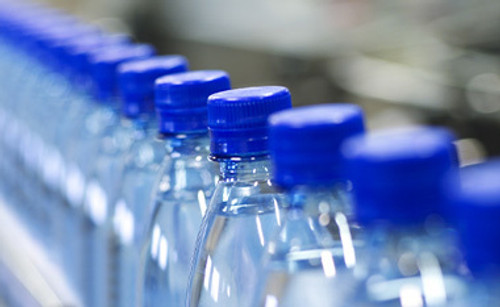SDI water treatment is a process that is used to ensure the reduction of suspended solids for the purposes of improving water quality and preventing unwanted effects such as corrosion. To understand the importance of SDI water treatment, there must be an understanding of what SDI is. Silt density index (SDI) is a widely-used parameter which measures the total amount of suspended solids in water sources. SDI informs users of prospective fouling occurrences in water treatment technology including reverse osmosis and nanofiltration systems, and is therefore generally utilized in their design and option.
In regards to SDI’s use in seawater reverse osmosis applications, it is used to estimate the suitability of the incoming water with the reverse osmosis membranes. It is a common quantifier of substance levels occurring in the water, and dependent on ascertaining the levels of substances most accountable for membrane fouling.
How is SDI used?
SDI is a straightforward and beneficial tool comprehensively utilized in large-scale water treatment plants as standardized testing devices to ascertain the probability of RO and NF membranes.
[custom-specifications]
Some of the main challenges in reverse osmosis systems are the presence of suspended solids in the feed water. While most systems consist of some type of disinfection, those small particulates are culpable for fouling the RO membranes. For reverse osmosis systems, the silt density index is a measure of water fouling potential.
[/custom-specifications]
[custom-features]
How is SDI reduced from water?
When the SDI is high, the quality of water is lower. The primary technology used to decrease the amount of silt within the water is media filtration. For surface water that contains a high silt concentration, pre-screening and more advanced water filtration systems are needed to completely rid of the unwanted SDI.
Sand media filters are routinely chosen for the filtration of organic substances, with the size of the particles influencing the appropriate degree of filtration. Low media flow rates are utilized with water sources which contain more than 100 ppm of suspended silts in order to decrease the need for continuous backwashing. Media filters require backwashing when the pressure reduces to an extensive degree or when the system operator recommends it.
Ultrafiltration systems works well in creating a very low SDI solution in water before its complete removal with more advanced water treatment processes such as reverse osmosis pretreatment. Ultrafiltration utilizes integrated technology to purify feed water of the lowest quality and effectively removes unwanted contaminants such as salts, sand, hard substances, TDS, etc. Using ultrafiltration system as a pre-treatment before reverse osmosis or nanofiltration systems would prolong the life of the RO and NF membranes.
[/custom-features]
[custom-usage]
The presence of profit-making high temperature water filters and housing systems provide remarkable advantages for manufacturers across many industries, including reverse osmosis pre-treatment, water filtration, and wastewater treatment. These filters are built for greater performance with large-scale filtration areas for the purposes of reducing the cost of replacement filters, minimizing environmental impact, and progressively making them the favored filtration choice.
[/custom-usage]
-
Nice content
Learned how important sdi water treatment is
- Related Project1:
- https://pureaqua.com/ultrafiltration-water-treatment-systems-3-m3-per-hr-panama/
- Related Project2:
- https://pureaqua.com/steel-tank-softener-and-filtration-systems-80-gpm-sri-lanka/
- Related Project3:
- https://pureaqua.com/ultra-filtration-systems-3-x-20-gpm-philippines/
- Related Project4:
- https://pureaqua.com/ultrafiltration-systems-100-x-6500-gpd-iraq/
 ENGLISH
ENGLISH
 ESPAÑOL
ESPAÑOL ???????
??????? PORTUGUÉS
PORTUGUÉS FRANÇAIS
FRANÇAIS













